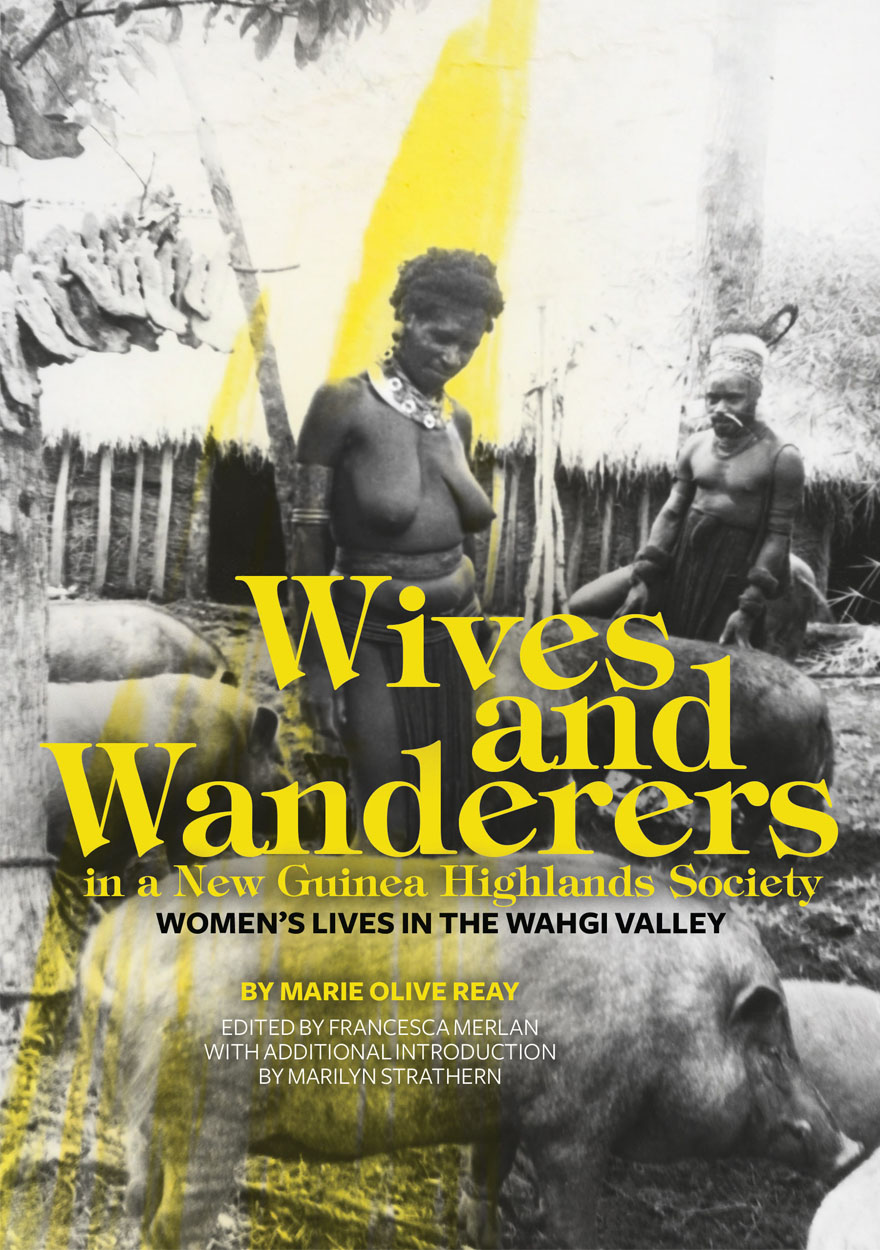
Australia’s Fertility Transition
A study of 19th-century Tasmania
Authored by: Helen MoylePlease read Conditions of use before downloading the formats.
Description
In the late 19th and early 20th centuries, most countries in Europe and English-speaking countries outside Europe experienced a fertility transition, where fertility fell from high levels to relatively low levels. England and the other English-speaking countries experienced this from the 1870s, while fertility in Australia began to fall in the 1880s.
This book investigates the fertility transition in Tasmania, the second settled colony of Australia, using both statistical evidence and historical sources. The book examines detailed evidence from the 1904 New South Wales Royal Commission into the Fall in the Birth Rate, which the Commissioners regarded as applying not only to NSW, but to every state in Australia.
Many theories have been proposed as to why fertility declined at this time: theories of economic and social development; economic theories; diffusion theories; the spread of secularisation; increased availability of artificial methods of contraception; and changes in the rates of infant and child mortality. The role of women in the fertility transition has generally been ignored.
The investigation concludes that fertility declined in Tasmania in the late 19th century in a period of remarkable social and economic transformation, with industrialisation, urbanisation, improvements in transport and communication, increasing levels of education and opportunities for social mobility. One of the major social changes was in the status and role of women, who became the driving force behind the fertility decline.
Details
- ISBN (print):
- 9781760463366
- ISBN (online):
- 9781760463373
- Publication date:
- Feb 2020
- Imprint:
- ANU Press
- DOI:
- http://doi.org/10.22459/AFT.2020
- Disciplines:
- Arts & Humanities: History; Social Sciences: Gender Studies
- Countries:
- Australia
PDF Chapters
Australia’s Fertility Transition »
Please read Conditions of use before downloading the formats.
If your web browser doesn't automatically open these files, please download a PDF reader application such as the free Adobe Acrobat Reader.
To copy a chapter DOI link, right-click (on a PC) or control+click (on a Mac) and then select ‘Copy link location’.
- Preliminary pages (PDF, 0.2MB)
- Abbreviations (PDF, 0.1MB)
- Acknowledgements (PDF, 0.1MB)
- List of figures (PDF, 0.1MB)
- List of tables (PDF, 0.1MB)
- Map: Tasmania, 1911 (PDF, 0.7MB)
- Introduction: Theories of the historical fertility decline (PDF, 0.2MB) doi
- The Australian fertility decline (PDF, 0.2MB) doi
- Tasmania in the 19th and early 20th centuries (PDF, 0.2MB) doi
- Research design and data sources (PDF, 0.2MB) doi
- Characteristics of the Tasmanian marriage cohorts (PDF, 0.3MB) doi
Other publications that may interest you













